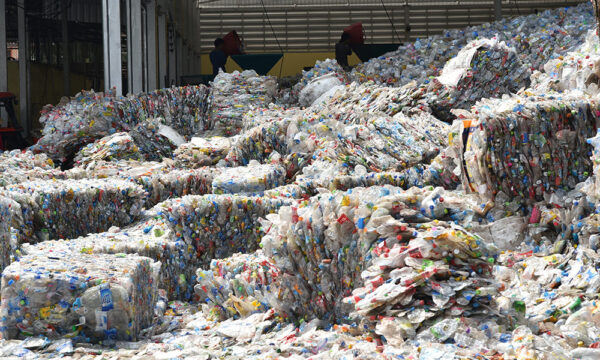

The American Cities Enhancing Their Recycling Rates in 2023
Recycling is on the rise across the United States, increasing from less than 7% in 1960 to the current rate of 32%. While progress is being made, considerable efforts remain necessary to reach the Environmental Protection Agency’s (EPA) National Recycling Goal of 50% by 2030.
The diverse initiatives in operation across a number of U.S. cities, as explored in the following article, include curbside organics collections, comprehensive waste diversion plans and schemes that prioritize waste prevention. These reflect a growing commitment to advance recycling practices and increase capture rates nationwide.
While the recycling rates in the Big Apple have lagged in years past, recent city-wide initiatives and drives to invest in infrastructure from the Department of Sanitation (DSNY), the New York City Housing Authority (NYCHA) and the Office of the Mayor have demonstrated serious intent to improve recycling in the city.
On June 8th 2023, the New York City Council passed a new legislative package designed to advance the city’s efforts towards mandating recycling. The “Zero Waste Act” introduced curbside organics collections and drop-off points for hard-to-recycle items to help achieve waste diversion, as well as establishing new community recycling centers in the five boroughs. The DSNY stated in their annual report for 2002 that curbside and containerized collections helped to divert over 646,000 tons of material from landfill, and last year released a comprehensive study of best practices, challenges, and steps forward for implementing city-wide trash containerization.

After an extensive nine-month planning process in 2013, the city council of Fort Collins announced a new Road to Zero Waste Plan, proposing a pathway for achieving a 90% diversion rate goal by 2025.
The city’s Community Recycling Ordinance came into effect in the summer of 2021, requiring waste haulers to provide a minimum level of recycling collection for all multi-family and commercial properties. Following these changes, the Fort Collins community diversion rate was 51.5%, meaning an additional 2,500 tons of material was recycled compared with 2020.
Seattle adopted their Zero Waste Resolution in 2007, which focused on establishing curbside organics collection and recycling services for single and multi-family homes, as part of a three-year phase-in plan. Food scraps recycling was made mandatory in 2009, and the city stated that in 2021, residents recycled nearly 60% of their waste.
Seattle has committed to a 72% recovery rate by 2025, demonstrating a shift to prioritize waste prevention over waste diversion targets. Significant transportation costs are required to deliver trash to landfill in Arlington, Oregon, while in contrast, the cost of collecting and processing recycling is almost half these costs. This helps to provide the necessary motivation for the city to reduce their overall waste, with residents encouraged to generate less waste through lower collection rates.
Despite voting against recycling back in the 1960s, the City of Angels has made great strides in improving its recycling rates. Support from the state of California has helped enable the development of recycling infrastructure and educational programs to raise awareness around recycling.
Recycling was phased in as part of a combined effort from private and city-owned collection services, with material transported to private recycling facilities. In 2021, Los Angeles achieved a landfill diversion rate of 76.4%, falling just behind San Francisco. Estimates suggest that the city’s recycling industry generates up to $1.2 billion in direct economic benefits.
Back in 1996, San Francisco became the first city in the United States to implement a large-scale organics recycling and composting program. Around 150,000 tons of organics are collected each year by the city’s haulers Recology, who also own the facility that converts the matter into certified organic compost. This is then distributed to local orchards, vineyards and farmers for use as soil amendment.
San Francisco passed their Mandatory Recycling and Composting Ordinance in 2009, which requires all households and commercial properties to separate their waste into 3 streams: green for compostables, blue for mixed recycling, and black for trash. The city achieved a 80% recycling rate in 2020, the highest of any major city in the U.S.
America’s push to advance recycling in recent years has so far yielded positive results, underscored by the diverse efforts of the cities explored in this article. While these demonstrate a growing commitment to adopt innovative strategies for curbside organics collections, recycling mandates, and comprehensive waste diversion plans, bridging the gap to meet the EPA’s National Recycling Goal of 50% by 2030 will require sustained and innovative efforts.
Looking at the success stories from cities like San Francisco, Los Angeles and Seattle, provides crucial awareness on how to overcome the specific challenges involved with enhancing recycling rates. Continued collaboration between city authorities, communities, and private sectors is ultimately essential to reach the ambitious targets set for the coming years.